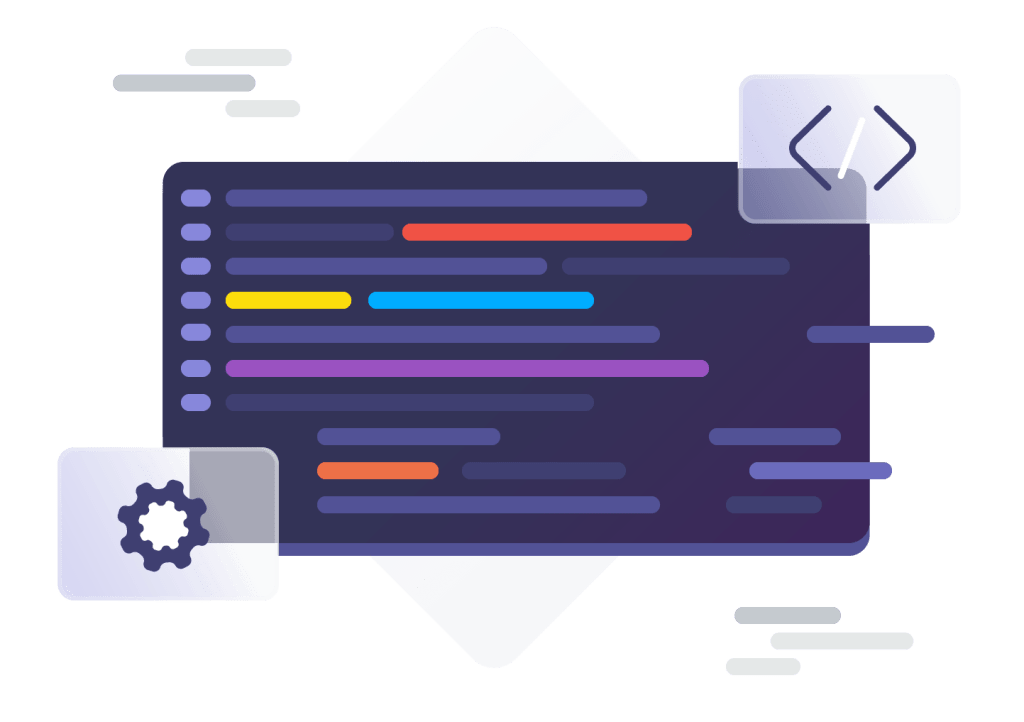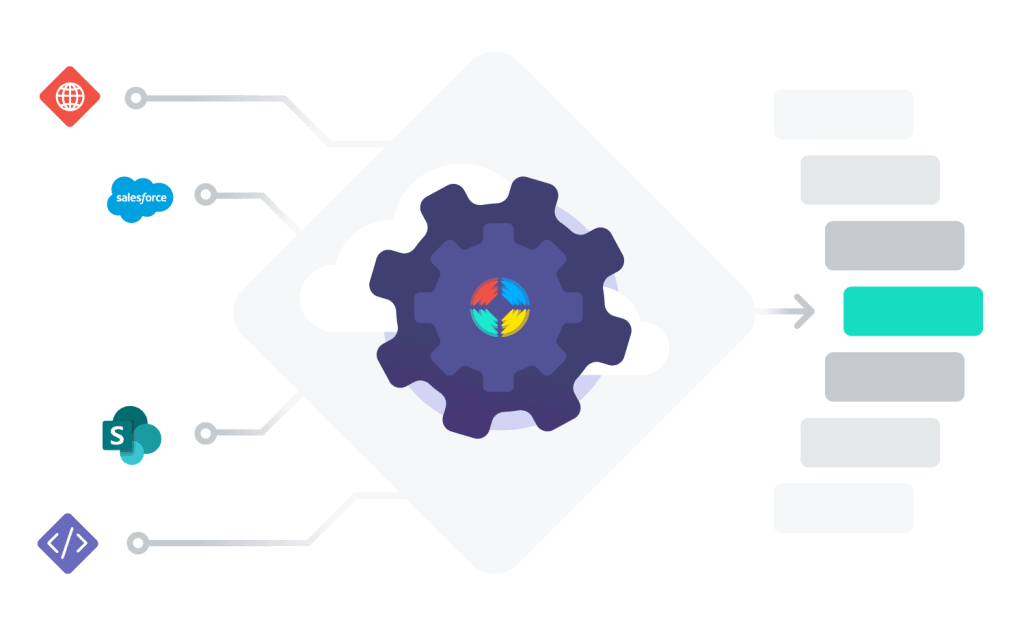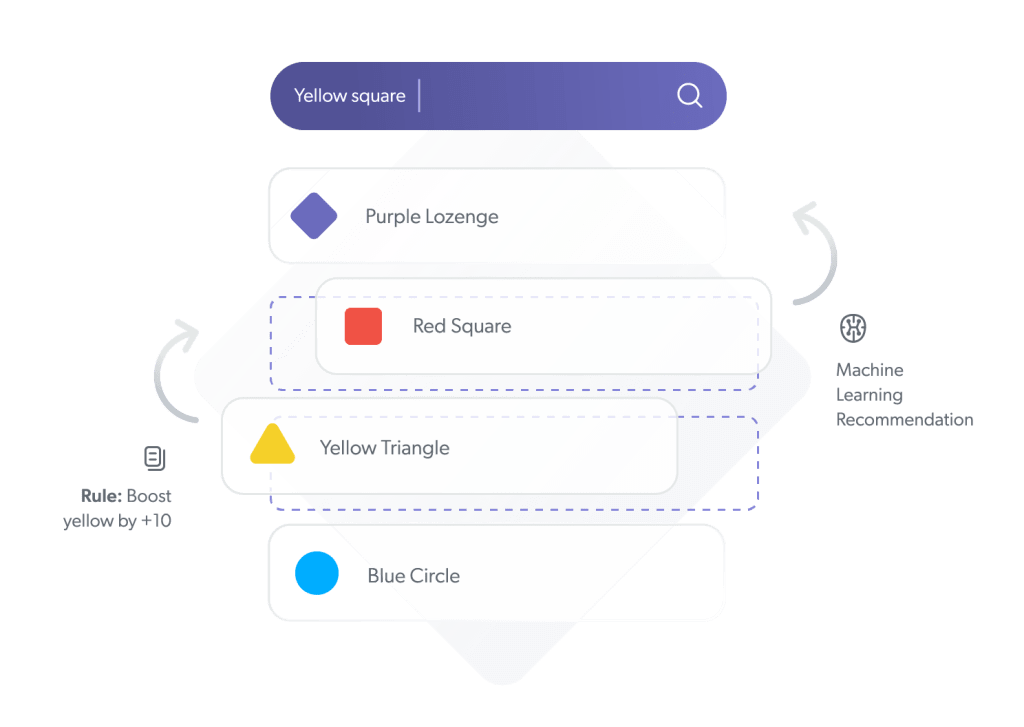Imagine being asked to oversee an agile development team tasked to build new search experiences over a large-scale dataset with thousands of new documents loaded daily, well over one hundred searchable dimensions, and a complex hierarchy of business data relationships.
The intent is to develop a search service that several development teams will use in multiple customer-facing applications, mobile apps, and analytics tools that target different customer segments and end-user personas.
What would be your development approach?
I was in this role multiple times as a CTO, CIO, and digital officer. It required leading product management and agile development teams to define a product vision, draft an architecture, choose technologies, and apply scrum to build and enhance search capabilities.
I confess that developing search services is never easy – but it is highly rewarding. The key is selecting a versatile, high-performance search platform that supports both low-code and pro-code development. From there, winning is all about how you collaborate with leaders, leverage feedback in agile practices, and iteratively improve search solutions with machine learning.
Here are five lessons I learned and how digital leaders can succeed with low-code search capabilities.
1. Use Low-code Search to Drive Consensus on Relevance
Don’t be surprised when many stakeholders want to work with the application development teams to define the search capabilities, lend expertise on optimizing search results, and design the user experience. It can be a product manager’s nightmare because even when stakeholders have good insights, developing an algorithm that meets everyone’s expectations can be challenging.

Stakeholders aren’t wrong with their insights, but they may be looking at the search problem with narrow precision based on what they want in the search platform’s behaviors, designs, and results. And trying to guide a development team to deliver a search platform that meets all the requirements leads to designed-by-consensus and often underperforming experiences.
So what can digital leaders do differently to avoid getting boxed into conflicting requirements?
The key to success is to work directly with customers and end-users to understand their search needs. And the best way to get quick feedback is to leverage a search platform’s relevance capabilities and rapidly prototype with a low-code search platform.
Using these capabilities, agile development teams can demo results to stakeholders at sprint reviews and showcase a search platform’s relevance ranking. The approach can change stakeholders’ mindsets from building search using heuristical rules to tuning relevance ranking to match end-user needs.
2. Design Search Experiences for Multiple Segments and Personas
The next shift in mindset is that you no longer need to develop one search engine and a single approach to rank results. You likely need to create multiple experiences based on customer segments or end-user personas. For example, an enterprise search requires personalization to make finding relevant information useful and productive for all employees.
Consider a door manufacturer with an enterprise search platform that integrates data from multiple SaaS such as OneDrive, Salesforce, ServiceNow, Sitecore, GitHub, and Jira. Searching for “windows install tools” probably means something different for a field service manager than an IT Ops manager. And if a new employee is doing this search, perhaps the ranking engine should channel them to the IT service desk portal to get IT’s help.

Now the search platform should personalize the results, but what happens afterward? Does every employee see identical experiences with different search results?
With a low-code search platform, developers can create different experiences and integrate them into employees’ workflows. So in my example, tailored search experiences can be embedded in Salesforce for the sales team, ServiceNow for IT, and Jira for the agile development teams.
3. Empower Subject Matter Experts to Develop Search Experiences
Let’s take this example one step further. Let’s say the door manufacturer in the previous example has several sales channels, including B2C ecommerce stores in three countries, wholesale channels in six other countries, and direct relationships with very large general contractors. Each channel and country has independent sales and support teams, and they’re all looking to use the search platform to maximize customer engagement.
The centralized IT department can manage the search platform and all the required integrations, but they’re not staffed to create and support building optimal search experiences needed for each sales channel.
Instead, they train local subject matter experts on using low-code tools to develop the experiences and turn to a pro-code option for their primary B2C ecommerce store. All the solutions take advantage of multilingual capabilities so that the experts can tailor the experience to their local languages.
4. Gain Speed to Market and Accelerate Feedback-Driven Improvements
Providing technical capabilities to non-developers may seem frightening at first, but it can provide significant advantages when there’s a race to deliver capabilities and improvements to customers. To be successful, digital and IT leaders must partner and empower the subject matter experts with a low-code platform and then provide supporting services that enable their success.
I like to call it a low-code development center of excellence.
When considering what agile development teams need to deliver search experiences, the first challenge when empowering low-code developers is educating and coaching them on a development process. That means helping these teams understand that getting new capabilities to customers faster requires rapidly releasing a minimally viable search experience and then using customer feedback to drive improvements. And that means teaching these leaders the basics of product management principles, user interface and user experience design standards, and agile methodologies.
In my experience, enabling motivated citizen developers with the technologies, agile development practices, and design standards provides organizations a significant advantage. It helps organizations extend their skills, best practices, and platforms to people with direct access to customers who can then implement what’s relevant to their business. For example, the B2B channels may prioritize these quick wins on improving a B2B ecommerce experience while the B2C channel’s developers focus on search personalization.
5. Leverage Machine Learning to Provide a Differentiating Experience
My final piece of advice is that winning in today’s hypercompetitive world, where every business has a digital transformation priority, requires leveraging machine learning to a competitive advantage. So even though you have subject matter experts engaged using a low-code search platform, you also have to promote data-driven behaviors and showcase machine learning algorithms.
Machine learning in search platforms provides several capabilities, including product recommendations, dynamic navigation, relevance tuning, and query suggestions.

Only, empowered subject matter experts may not know about these capabilities or understand how to use them. Some may even be detractors and believe their expertise is more accurate than a model.
So winning with low-code search is a journey that starts by selecting a search platform with top relevance features, continues by enabling a low-code center of excellence, and extends by demonstrating differentiating machine learning, analytics and other advanced capabilities. Digital leaders that apply this approach can deliver multiple winning search experiences. Ask me about it – I’ve done it many times!
Dig Deeper
Wondering where to get started when looking to evaluate different enterprise search platform options on the market? Check out our Buyers Guide for Enterprise Search Platforms for the inside scoop.


